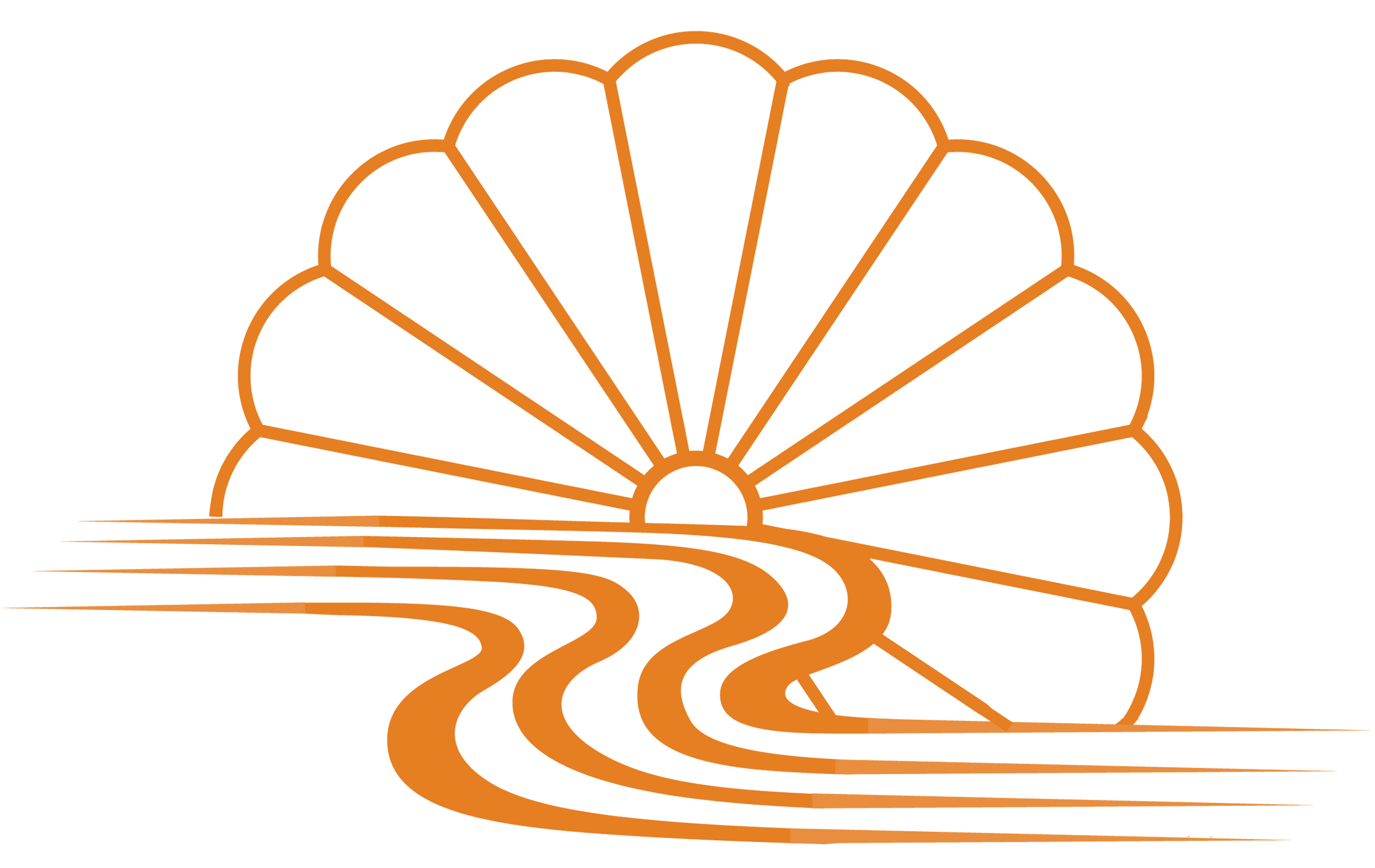
STUDENT LEVELS
The purpose of this description is to give the reader a brief summary of the student evolution while training at the Jinenkan Dōjō.
Mudansha, 無段者
Fundamental training begins by conditioning your body’s stamina, strength and general range of motion.
Taking care of your body by gaining solid habits of wellness and movement will create a healthy foundation for the future of your training.
Simply put, you will have more endurance and be safe to train with. In the early stages of development, each student commits to the rigorous study of fundamental movement patterns to develop muscle memory and proper body alignment. This training is expected to be maintained during your martial arts career, as strict adherence to the basics is an unending priority.
When a you achieve basic competency in fundamental striking, receiving and grappling, you will begin to prepare for your Shōdan (1st degree) rank promotion.
Yudansha, 有段者
Once competency in the fundamentals is achieved, you will progresses into a deeper study of our martial art’s traditions. During this time, attention to detail regarding refined sets of movement under stressful simulation, along with maintaining the tactical character of the specific tradition being trained, are primary focal points of each student.
Like the fundamentals, this type of training is never ‘mastered’ per say. Rather, it is maintained and polished through rigorous ‘renshu’, periods of time where the student is committed to becoming physically stronger while purifying their senses through hard work and longevity.
This is the goal of a Nidan (2nd degree) level student as they prepare for their promotion.
Immersed in the historical and combative study, our training methodology is recorded in dozens of manuscripts that have been preserved for generations and taught closely by teacher to student.
Deviating from this methodology during the early years of training will not serve a student’s progress.
When you complete this level, preparation for the Sandan (3rd degree) level begins. Upon promotion, considerations can be made as to whether you will take on a leadership role in the Jinenkan organization and become an instructor, or continue to train as a student.
Not all students wish to take on a leadership role as a Jinenkan Dōjōchō, rather choosing to continue their progress as a student without leadership obligations.
At the higher levels of training you study the kakehiki, or the tactics within prearranged sets movement. This training is based on the continued study of the traditional forms with an intensity in each technique that closely simulates true to life altercation.
Trained appropriately, this level of high stress training manifests in one’s movement what is called Kan, Kyu, Kyo, Jyaku or loose, quick, strong and soft. Combined with an ability to deploy tactics in melee while moving with natural fluidity based on the circumstances of the engagement will define the virtue of your martial ability.
Once this is achieved, you have developed a level of skill that is non forceful to your body type, age or physical limitation. You are capable of applying an assortment of complex strategies in an instant that cause and opponent to make subtle mistakes in their movement, lose their timing or become disoriented.
This order of training is regarded as ‘keiko’ which can be considered a higher order of ‘renshu.’ The training has now come full circle and your primary focus becomes that of kamae and intention, studying the subtleties of body language and subconscious manipulation of your opponent’s state.
It is at this very state where victory is achieved without drawing a sword, fulfilling your purpose as a budōka.
Dojo Cho, 道場長
The title for the head of a Japanese martial arts training hall is Dojo Cho.
This person is not always the chief instructor or highest ranked person, but they are someone who reflects an administrative or ownership role of a Dōjō within the organization.
In the Jinenkan, this position is granted by Unsui Sensei only after a student has accomplished the Sandan requirements and is approved by a panel of existing Dōjōchō.
Once approved, a student is then considered a personal student of Unsui Sensei and is accountable for their own development as a Budoka.
Their obligation is to preserving the Jissen Kobudo Jinenkan for the next generation of students.
DOJO ARTICLES & INSPIRATIONS
Reflections on Kobudo training and lifestyle, written and shared by Adam Mitchell.

SUBSCRIBE TO THE DOJO MONTHLY NEWSLETTER
Get updates on our training and events at the beginning of each month.
We respect your privacy, and your information will not be shared.
CONTACT OUR DOJO
Yasuragi Dojo
571 Route 6
Mahopac, NY 10541
Phone or Text: 914-621-7762
Email: [email protected]
GOOGLE MAPCONNECT WITH OUR DOJO
STUDENT RESOURCES
Dojo Schedule
Dojo Store
流派 Ryu-ha
体術 Taijutsu
剣術 Kenjutsu
武器術 Bukijutsu
PROGRAMS AT OUR DOJO
Student Memberships
6 Week Training Workshops
Self Mastery
Study Groups







